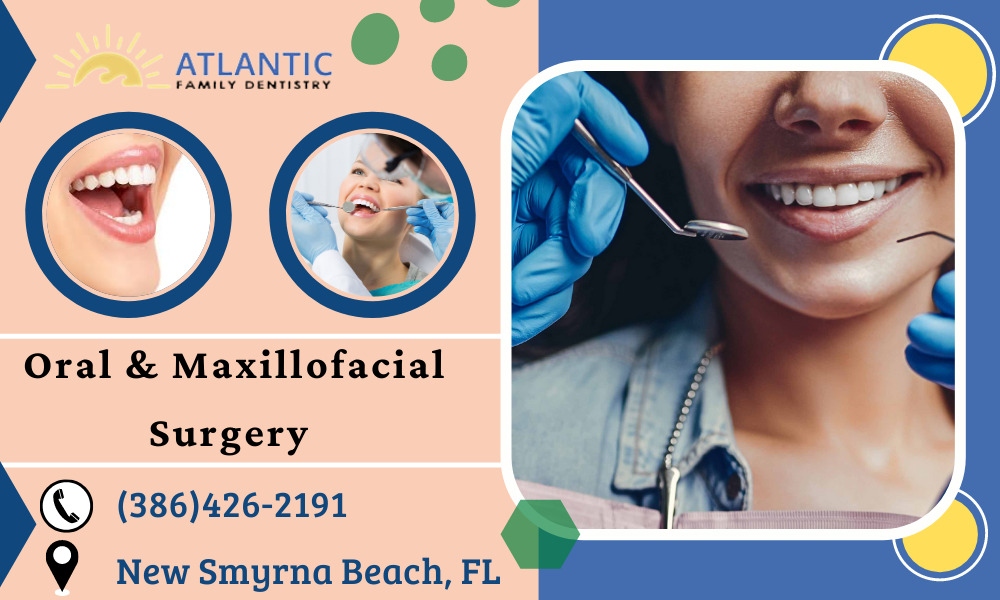Exploring the Prevalent Sleep Apnea Appliances
Resting is an essential part of everyday life that rejuvenates body and mind, along with restoring energy levels. However, individuals with obstructive sleep apnea may experience pauses in their breathing pattern; thus, interrupting their resting cycles. It is a serious disorder that has several life-threatening repercussions. Patients might experience symptoms like loud snoring or frequent awakenings at night. Consulting their condition with dentists or specialist providers are helpful for determining evaluations. They take multiple diagnoses to decide the right treatment option. One such accessible remedy is a set of specially-designed appliances.
Initial diagnosis
Patients with sleep apnea can visit qualified dentists or specialists for checkups. Practitioners make evaluations based on their symptoms and resting history. In some cases, members from households are required to share such signs. Typically, individuals stay overnight at a facility to test their breathing and other vital body functions during nighttime rest. Home evaluations are also an option for more convenience.
1. Nocturnal polysomnography
During this test, practitioners hook a patient to equipment that monitors their breathing patterns, blood oxygen levels, arm movement, and other vital signs. It is extensively used for severe cases of sleep apnea.
2. Home evaluations
More simplified tests, such as measuring heart rate, blood pressure, respiratory cycles, and airflow, are involved in home-based tests. Individuals who cannot stay at a facility can opt for this method.
Accessible appliances
Based on the test results, dentists will recommend sleep apnea appliances so that patients can eliminate symptoms, such as snoring and repeated awakenings.
• The first option is mandibular advancement devices that looks like a mouthguard. Patients snap them over their top and bottom teeth to keep them forward. As a result, it keeps the tongue and soft palate stable for free respiration.
• A tongue retaining splint is helpful for keeping the airway open. Practitioners do not prescribe it often since it is less comfortable and requires some time to get convenient.
• Position pillows are designed to elevate a person’s waist, so their respiratory tracts are kept wide open. It comes in a variety of styles and types that people can find online or in stores.
• Lastly, continuous positive airway pressure is a machine blowing air to keep the tracts open. Patients should wear a mask and set the right pressure before resting. It is an effective treatment option for sleep apnea, including long-term reliefs.




Comments
Post a Comment